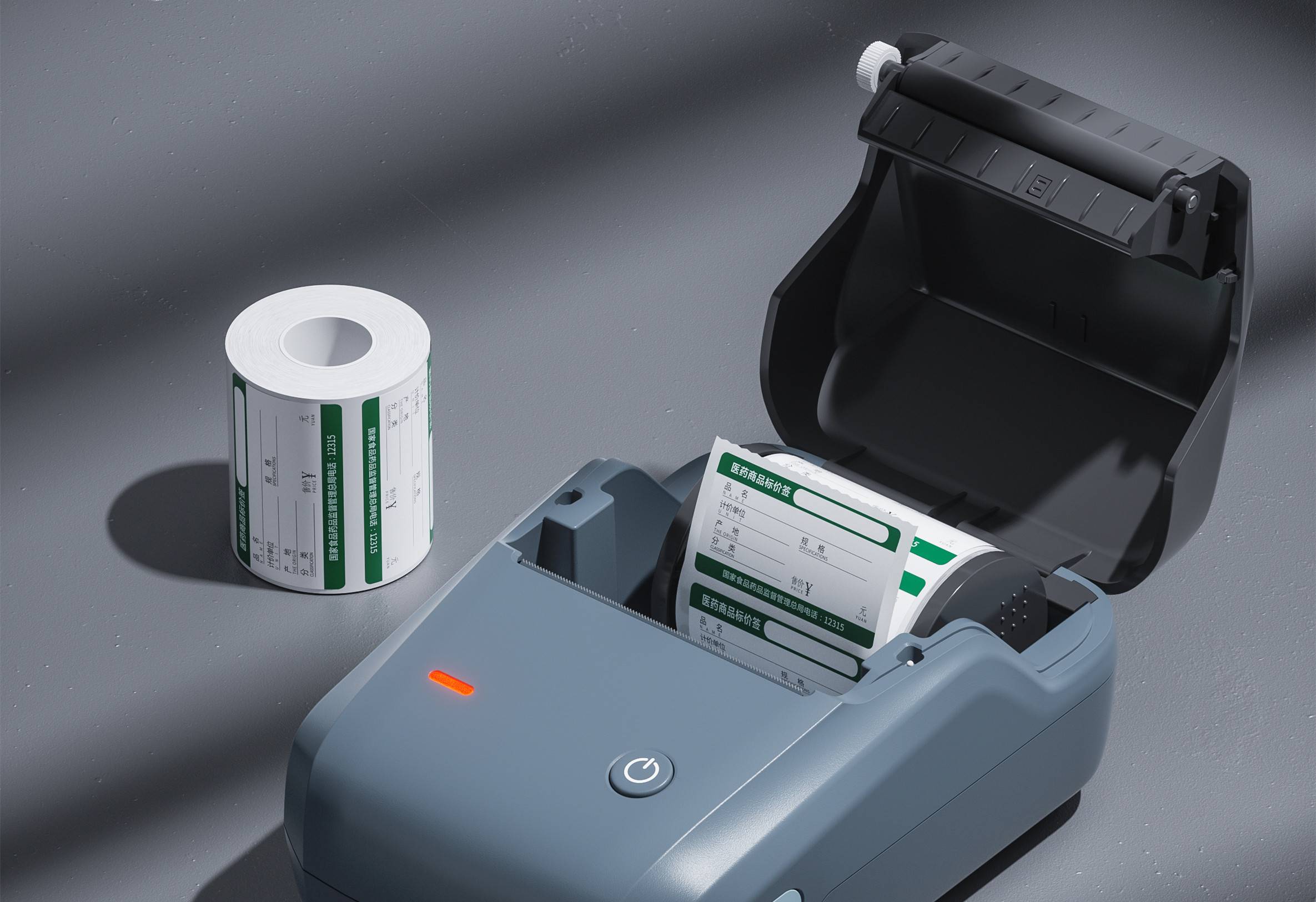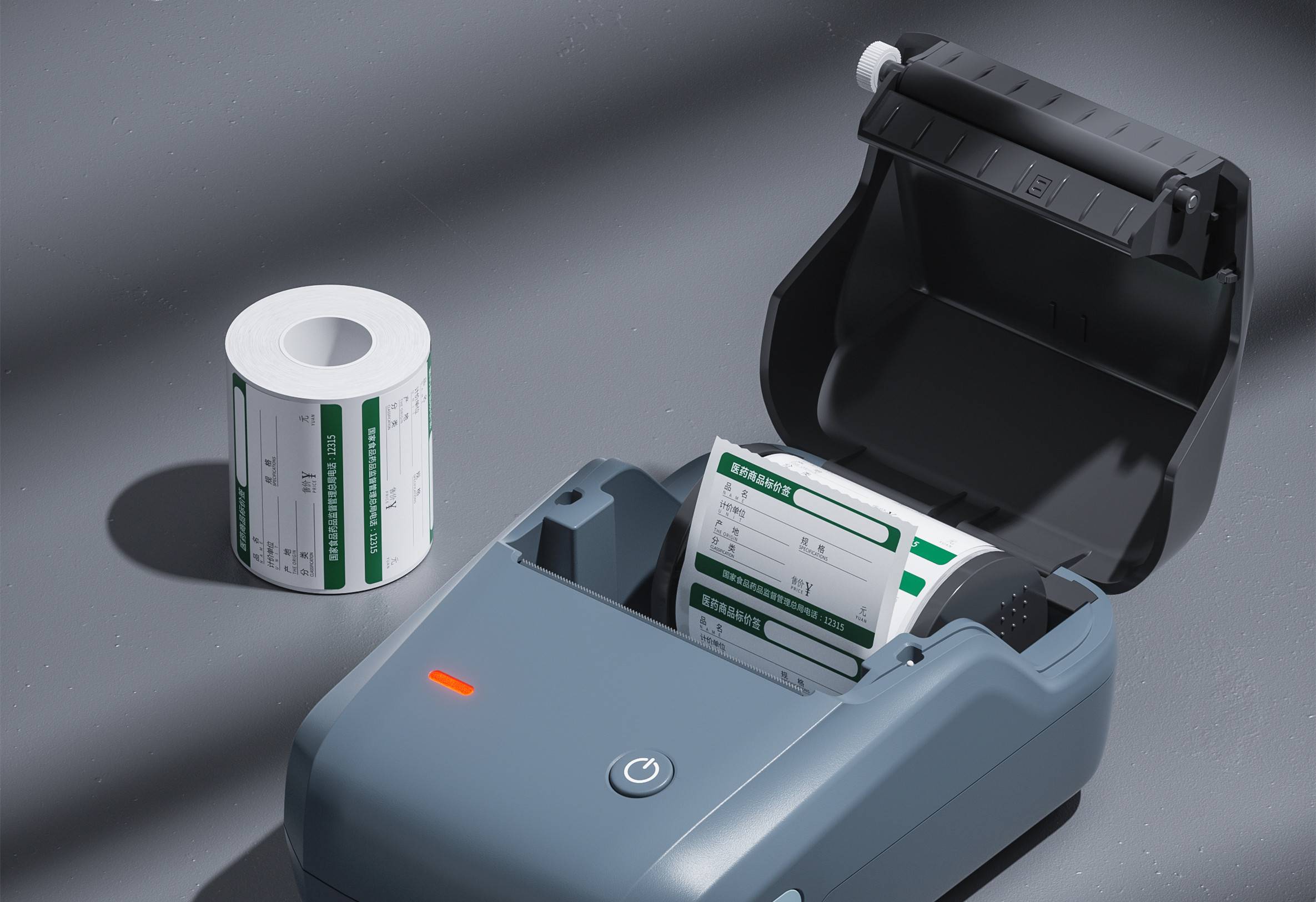
basic introduction
Toys usually refer to products designed or provided for children under 14 to play and use. According to the material, it can be divided into plush toys, plastic toys, wooden toys, metal toys, etc.; according to the function, it can be divided into electric toys, sound toys, ejection toys, and water toys; according to the purpose, it can be divided into dress-up toys and educational toys. , Sports toys and science and education toys, etc.
For the quality and safety control of toy products, countries and regions around the world have formulated different standards and limit requirements. We can provide testing services that meet various international regulations according to customer market requirements. The standard testing capability covers the national or regional standards of mainstream markets such as Europe, North America, Japan, and emerging economies such as Brazil, Russia, the Middle East, and Australia. It also has comprehensive national standard testing capabilities.
Common toy export regulations
Test items | Europe | United States | Canada | Australia New Zealand |
Conventional toys need to meet | ||||
Physical and mechanical properties | EN 71-1 | ASTM F963,CPSC | CCPSA SOR/ 2011-17 | AS/NZS ISO 8124-1 |
Flammability | EN 71-2 | ASTM F963, CPSC 16CFR 1500.44, CPSC 16CFR 1610 | CCPSA SOR/ 2011-17 | AS/NZS ISO 8124-2 |
Chemical properties | EN 71-3, | ASTM F963, | CCPSA SOR/ 2011-17 | AS/NZS ISO 8124-3 |
Plush toys also need to meet | ||||
Fill material cleanliness (visual inspection) | EN 71-1 | ASTM F963, | CCPSA SOR/ 2011-17 | AS/NZS/ISO 8124-1 |
Fill material cleanliness (chemical analysis) | -- | Pennsylvania Regulation for Stuffing Cleanliness | -- | -- |
Cleaning and cleaning requirements | 2009/48/EC, EN 71-1 | -- | -- | -- |
Electric toys also need to meet | ||||
Electrical Safety | EN 62115 | ASTM F963 Section 4.25, CPSC 16CFR 1505 | CCPSA SOR/ 2011-17, CSA C22.2 | IEC 62115 |
Remote control toys also need to meet | ||||
Electromagnetic Compatibility | EMC 2004/108/EC | FCC Part 15B | ICES-003 | AS/NZS CISPR 14.1 |
Radio frequency | R&TTE 1999/5/EC | FCC Part 15C | RSS-210, RSS-310 | AS/NZS 4268 |

Label printers entering the Brazilian market, ANATEL certification is an essential passport! It is the recognition of the Brazilian Telecommunications Authority for the safety and compliance of electronic products, without which products cannot be legally sold.

SRRC certification is not only a guarantee of product compliance, but also a key to opening up the market.

FCC ID certification is a mandatory certification for electronic products by the Federal Communications Commission (FCC) in the United States, and it is essential for label printers to obtain this certification.
Toys usually refer to products designed or provided for children under 14 to play and use. According to the material, it can be divided into plush toys, plastic toys, wooden toys, metal toys, etc.; according to the function, it can be divided into electric toys, sound toys, ejection toys, and water toys; according to the purpose, it can be divided into dress-up toys and educational toys. , Sports toys and science and education toys, etc.
Get a quote